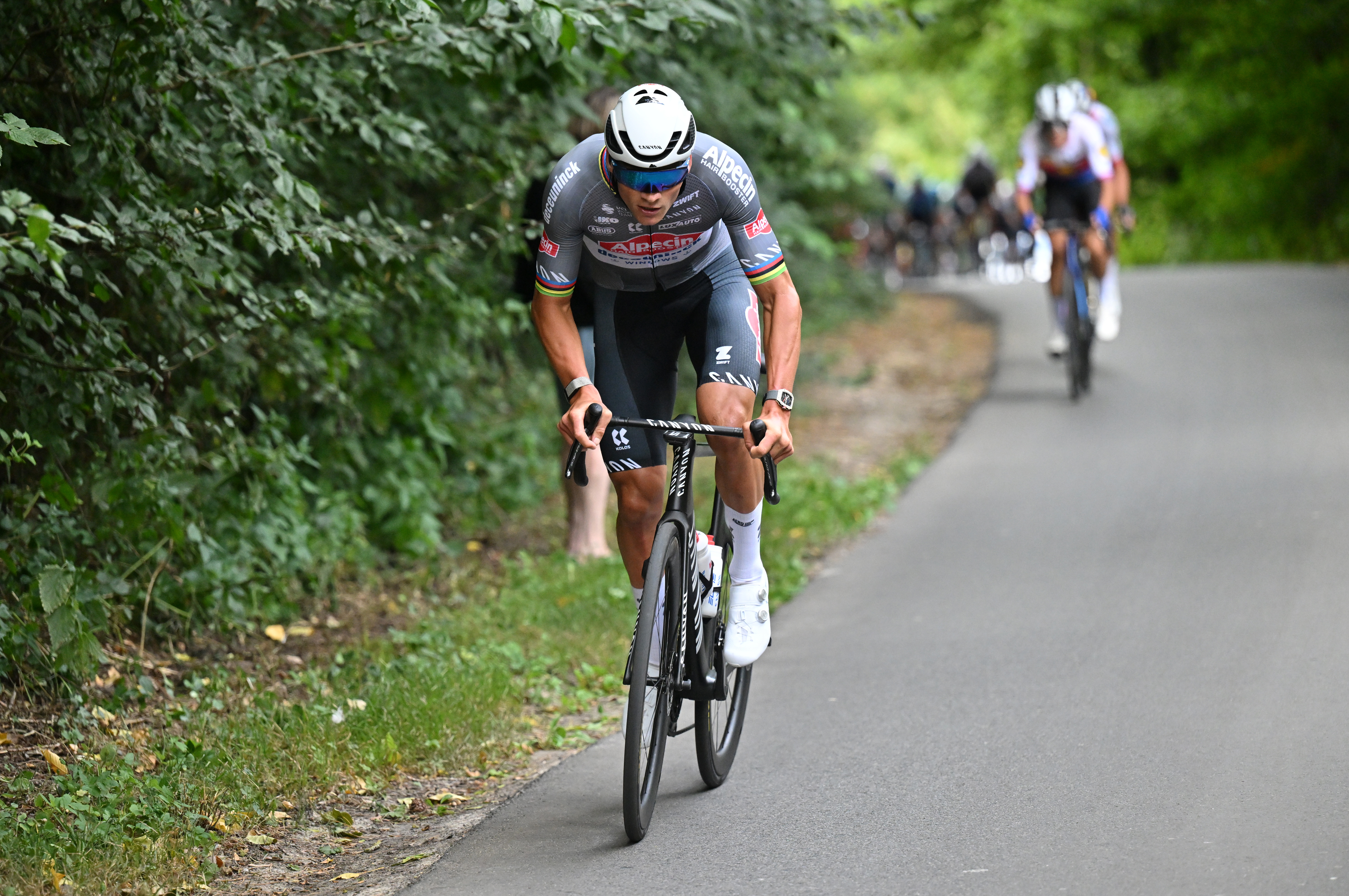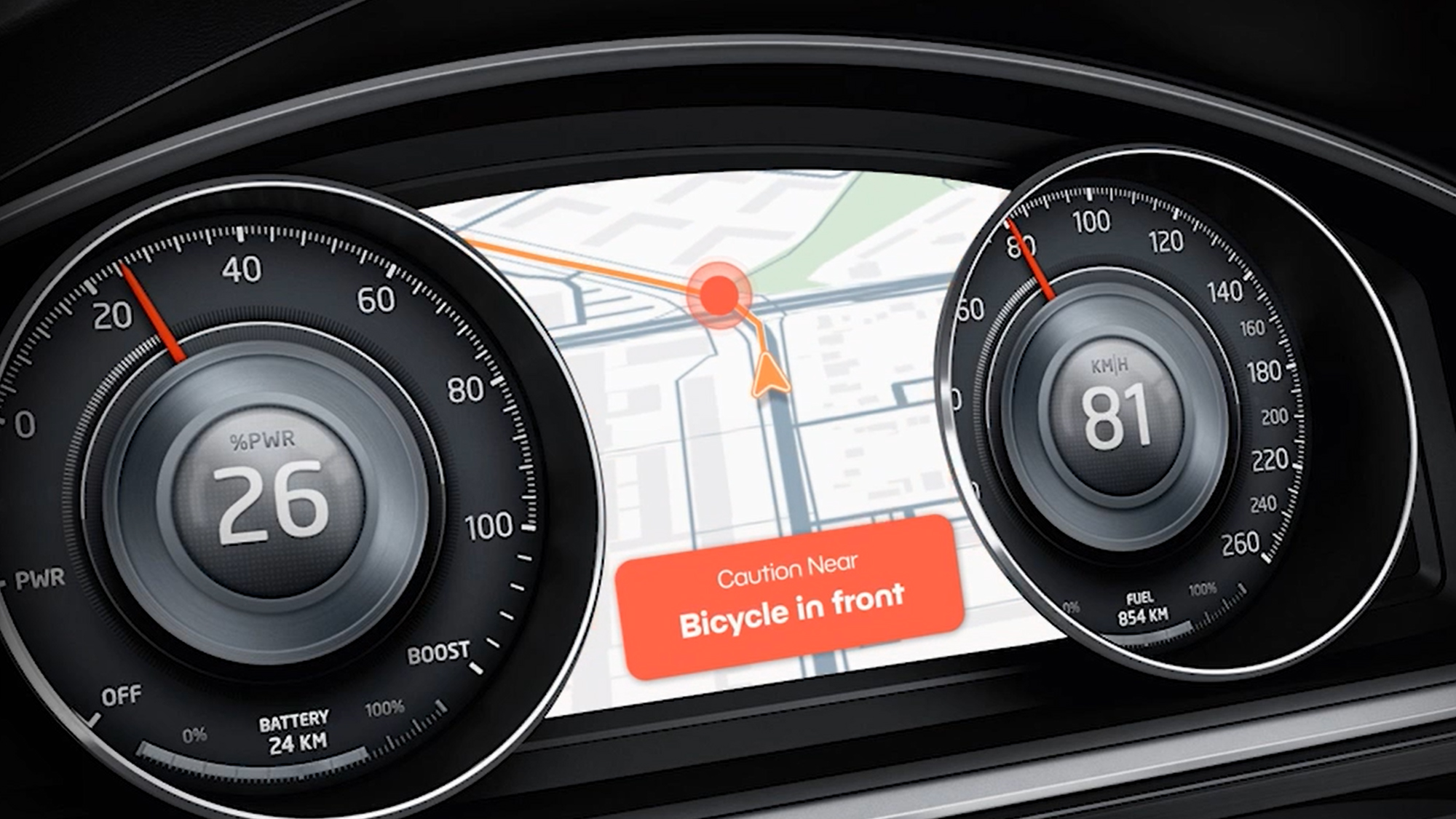
A new standard is rolling out across the globe right now. It's called C-2VX and world governments have cleared the way. According to the 5G Automotive Association (5GAA) "C-V2X technology is set to revolutionise the mobility ecosystem and the way drivers interact with the world." As the barriers fall away, technology leaders representing a vast swathe of interconnected industries are starting to interpret what it's going to look like. It all starts with small implementations and little details, and cyclists stand to gain - or lose - a lot depending on how the future rolls out.
When it comes to keeping cyclists safe, there's traditionally been two sides. On one side, technology like the best road bike helmets or the best commuter helmets aim to keep cyclists safer in the event of a collision, while the best bike lights make sure that cyclists are as visible as possible. The problem is that these are not the solution to safety and even the ways they influence outcomes are more complex than you might think. The bottom line is that they help, and cyclists will use the tools available to them.
The other side of traditional bike safety discussions doesn't involve the cyclist at all. This discussion revolves around infrastructure and there's no doubt it works. If we as a society want to keep cyclists safe, we need to build better infrastructure. Despite this fact, infrastructure is slow to change. As technology pushes rapidly forward, are there more options available?
I recently had the opportunity to experience just that. German car manufacturer Audi, Swiss bike brand BMC, and USA-based Spoke have products that will impact bicycle safety and I experienced it firsthand.
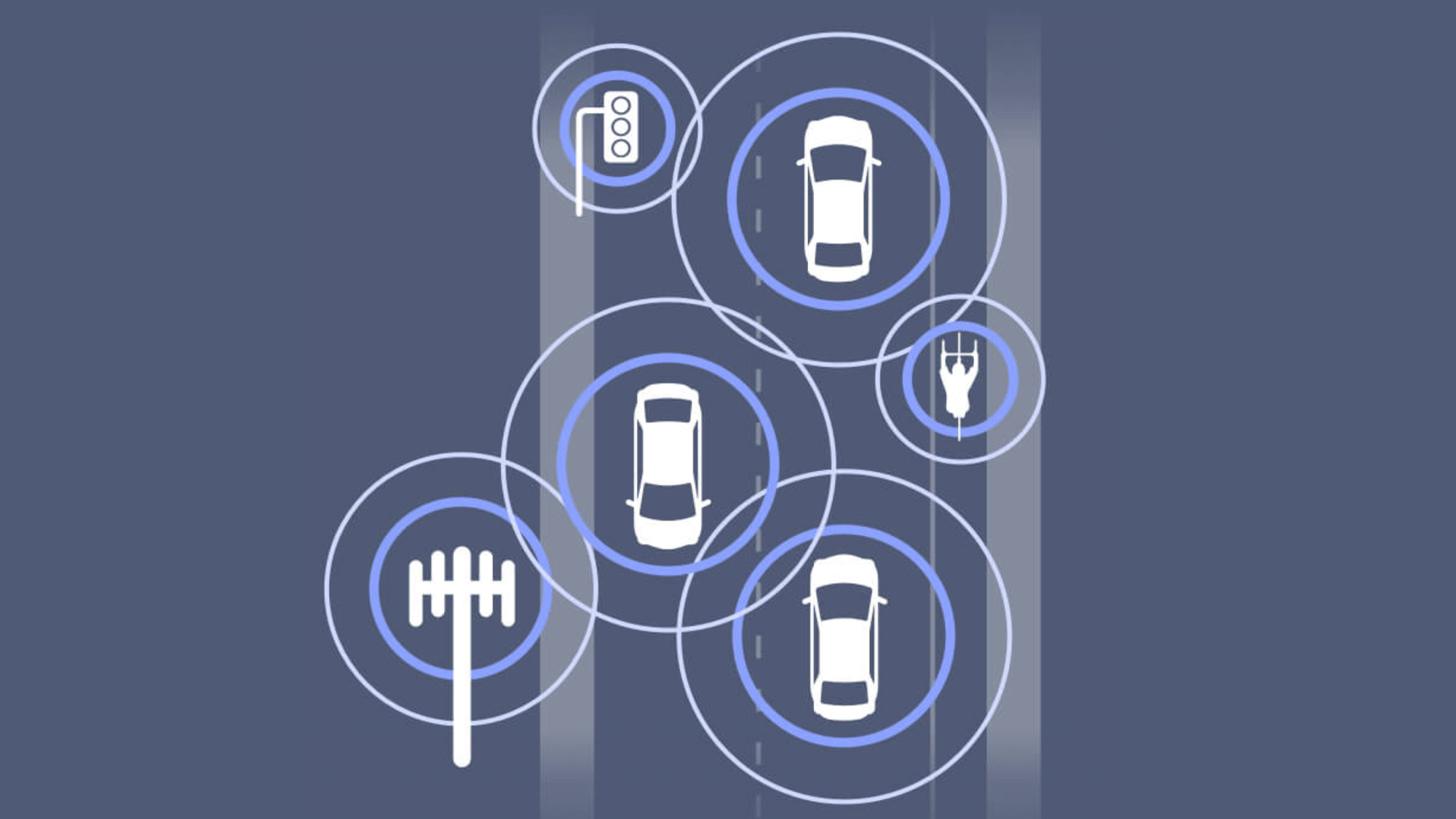
What are we talking about?
C-V2X stands for Cellular Vehicle-to-Everything and the foundation is a dedicated piece of the wireless spectrum. The exact frequencies will differ slightly depending on the country but Qualcomm, and other chip manufacturers, will handle that. What's important to understand is that having a dedicated spectrum means direct device-to-device communication. There's no need to depend on connectivity with a cellular network and there's also no delay as devices connect to the network then route to each other.
The interactions are connectionless ‘on-the-fly’ distance-based groups that are instant and flexible. Each device uses a multicast system to broadcast a signal that does not depend on line of sight. Other devices will move into and out of the sphere of influence created and interactions will occur depending on the devices involved.
In many conversations, this boils down to autonomous vehicles (AVs) talking to each other. As each AV operates in the world, it will broadcast what it's doing to the other vehicles in the environment and take action accordingly. It could simply be understanding that one vehicle is turning so another can go straight but it could also be more complex. Ad hoc networks could spring up and allow autonomous vehicles to work together in access-controlled roadway situations.
The latest race content, interviews, features, reviews and expert buying guides, direct to your inbox!
Thinking of the technology within this framework is the most common but it's limiting. The AV is just one small piece of the ecosystem and right now it's not even the most important. Long before AV technology, companies like Audi are going to integrate C-V2X for driver assist functions. If your Audi could tell you that the traffic light you can't see yet will have turned red by the time you get there, then you can start to slow down. If you don't start to slow down, the vehicle could apply the brakes to avoid the other cars already waiting at the light.
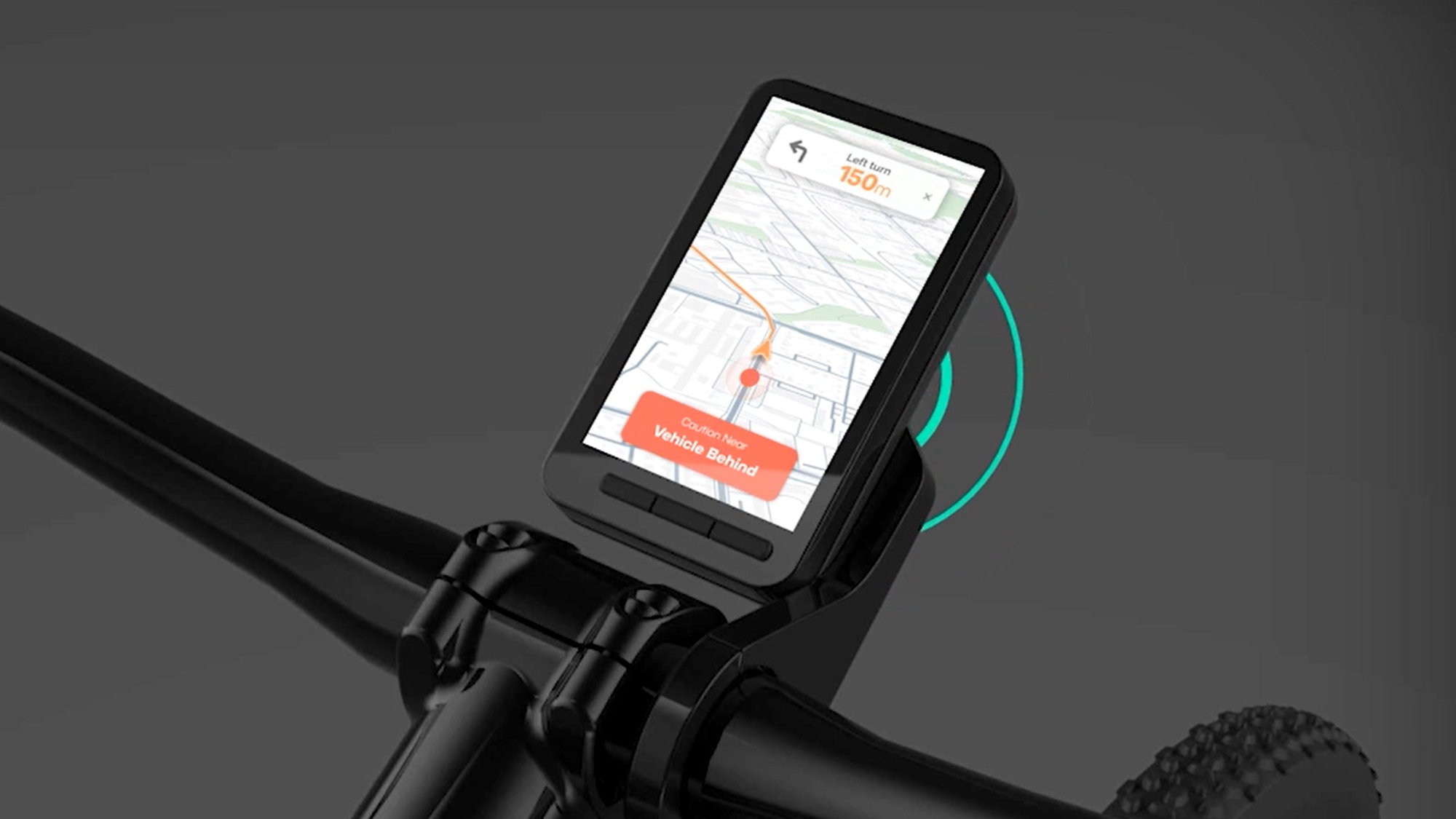
Even that kind of use scenario is limiting though. That adds safety but it's inherently a car-first vision and there's a whole other vulnerable-road-user-first vision that it ignores. C-V2X could show up in school zone signs and children's backpacks. That same Audi car would now show you that you are approaching a reduced speed zone and that there are school children present. The next Woom kids' bike you purchase could have C-V2X integrated into the frame so that any car your child comes near would be aware of your child. We don't have to limit our thinking to only the children though.
Two brands that are working to bring this vision of a connected future to your next bike ride are Spoke and BMC. BMC is a brand already known for pushing the limits of current bike technology. Spoke is a brand that is actually pushing ahead of current technology and helping to roll out C-V2X to one part of the vulnerable road user segment that we happen to care deeply about; cycling.
There are a lot of avenues for getting the technology of C-V2X into the hands of cyclists but for any value, it has to rapidly scale. Right now, that means Spoke is a B2B company that is building partnerships. Sometime next year, your next BMC could have C-V2X integrated and it could alert automotive brands who build it into their cars. The 5G Automotive Association lists Audi, BMW, Ford, GM, Hyundai, Jaguar Land Rover, Mercedes-Benz, Mitsubishi, and Volvo as members so that's, at the very least, a good indication of who's likely to be first to market.
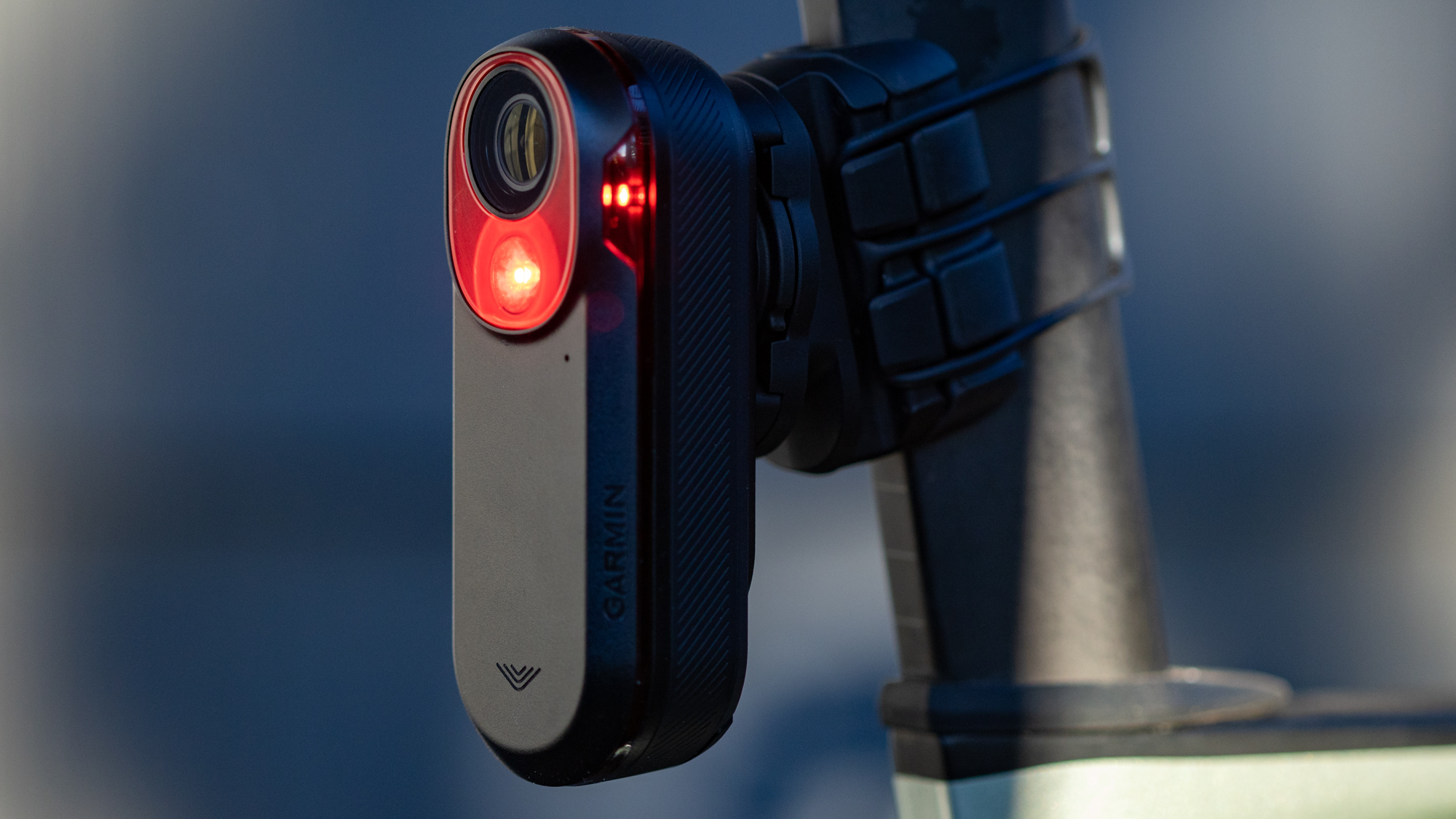
What exists now?
At the beginning of this conversation, I referenced the two sides of the existing cycling safety debate. You either take what small amount of control you can and attempt to add safety to your ride or you can work towards changing policy on a macro level. I used it as an introduction to a new technology that offers a third option but the truth is, a third option already exists. There are technologies on both the automotive side and the cycling side that do more.
On the cycling side, there's Garmin Varia. I discussed Varia technologies when I reviewed the Garmin RLT515 alongside the Garmin 1030 Plus as well as when I reviewed the newer Garmin RCT715. I also tend to drop it into every article, every buyer's guide, and every conversation I can, because I find it so transformational. It's different from a helmet, hi-viz clothing, or a light.
Garmin Varia technology is active technology that empowers the rider. When I put on a helmet, I hope that if a collision happens, my favourite Giro Eclipse Spherical helmet is enough to keep me alive and TBI-free, but it doesn't empower me. Visibility technology is similarly disempowering as it inherently asks for a change in something I have no control over; I could be wearing a kit that flashes brighter than the sun but a driver has to notice me for it to work. Instead, Varia gives me information and allows me to decide what to do with it. When my head unit beeps, I know there is a driver behind me and I can decide to move closer to the edge of the road if it's safe for me to do so. Sometimes I actually move further out into the road though and make sure I'm actively taking the lane, because I've assessed that it's not safe for a driver to pass at that moment.
Car companies are adding the same types of technologies. More and more there are driver aids that reach out and sense what's on the road around a car then alert the driver or even take control. Audi, for example, has a 'lane departure warning' that will steer the car and keep it in the lane, even if the driver makes a mistake. It also has 'pre-sense front safety system', which uses radar and a front camera to identify impending collisions in front of the car and warns the driver or initiates braking in an emergency. For left turns, the 'turn assist system' will take control of the wheel to steer around obstacles. These are all active safety systems that provide information or even take over from the driver, and they go well beyond any kind of passive technology that hopes everyone sees each other and doesn't get hurt as badly when a collision occurs.
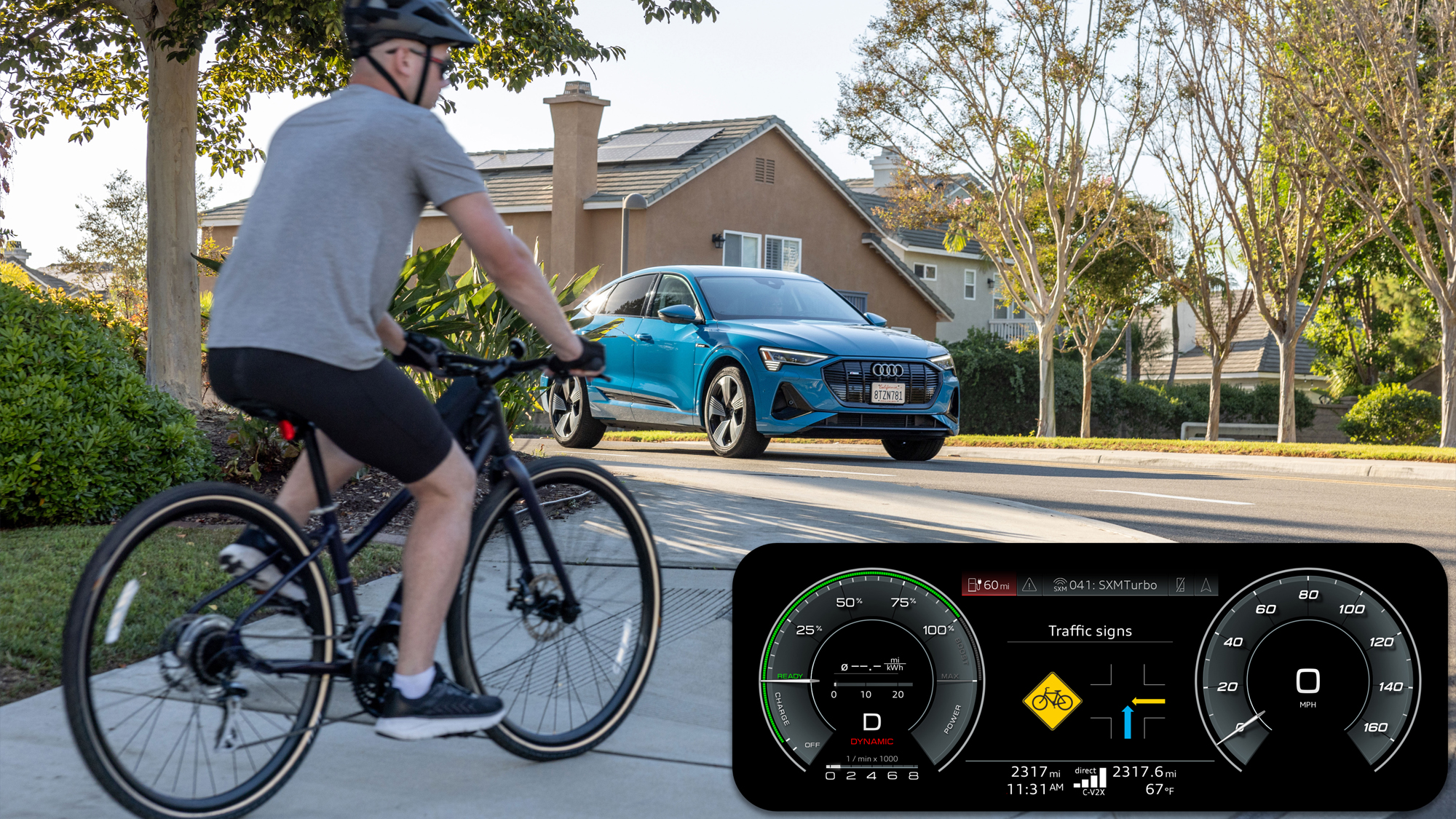
What is coming soon?
The limitation of all the existing technologies is that they rely on line of sight. Garmin Varia is a radar that depends on both visibility and a difference in speed. If a car matches my speed, it will disappear from my display. If I'm on a winding road, the car won't show up on my display until they are close enough that we are sharing a line of sight. It doesn't have any possibility of showing that a car is about to turn onto the street I'm on and end up right behind me. The same is also true of all the Audi driver aids listed above.
This is the space that C-V2X is looking to step into. None of the existing technology is going anywhere and it's only going to get better. If Spoke sells its technology to Garmin, and I can't imagine a world where this doesn't happen, the next Garmin Varia radar light could continue to show you what's behind you but also add the ability to 'see' cars hidden around corners. Your Garmin Varia could even show you parked cars with people inside of them. That's also only half the equation though, in that same future, Garmin Varia could not only alert you but also alert the cars around you. Or, if Spoke sells its technology to BMC - and this is already happening - then your next bike could have the functionality integrated right into the frame.
On the automotive side, each car company will have to figure out how to integrate the system in a way that's beneficial rather than distracting. Audi showed its vision of this in a few key scenarios including pulling out from a parallel parking spot, right hook, and left turn collisions. In each scenario, the car knew the bike was there, and the bike knew the driver was there, even though the two vehicles couldn't see each other.
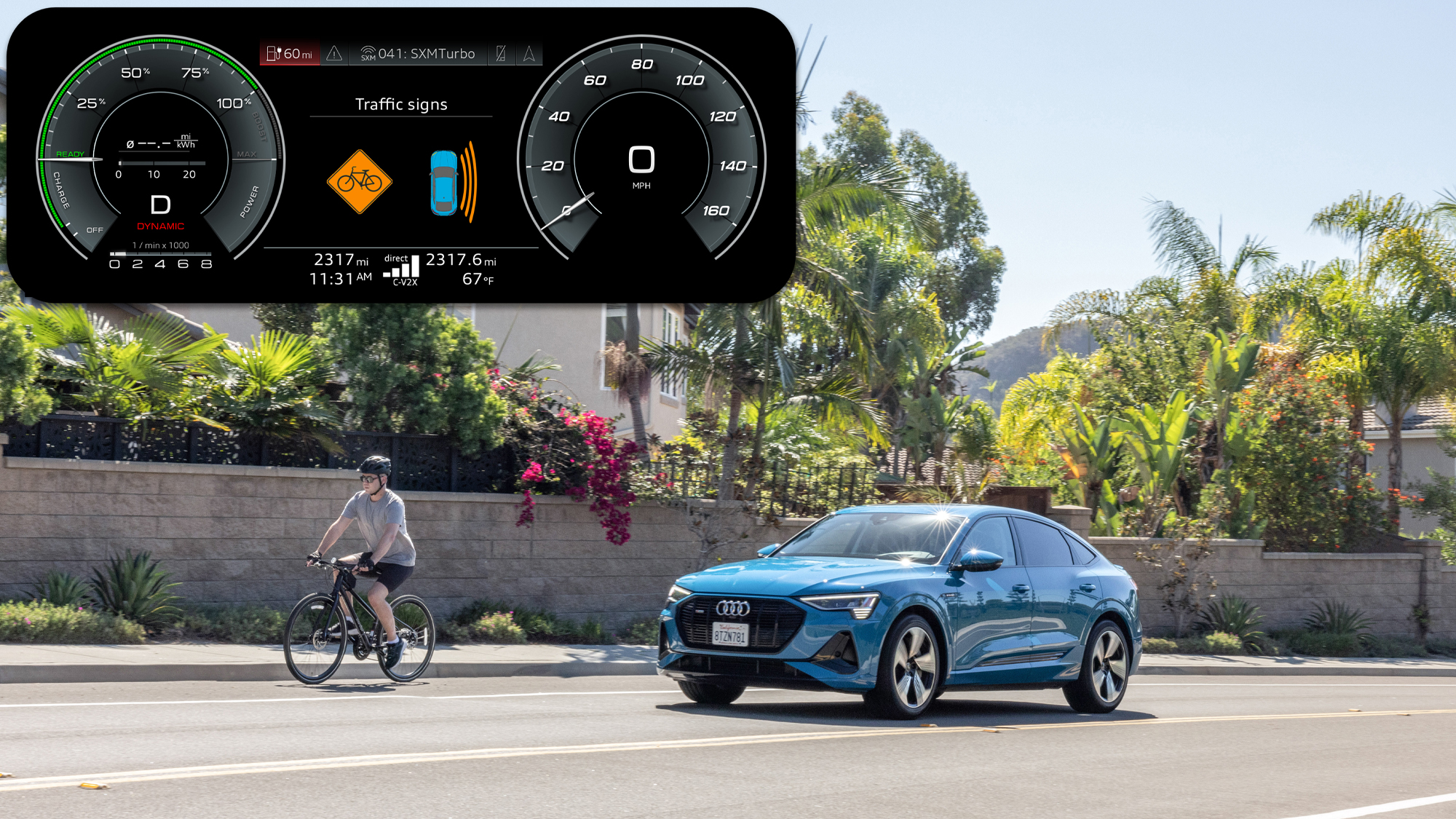
What are the dangers?
I'm optimistic and I love technology, I'd love to tell you that there is no danger but I imagine that at this point there's some of you who are yelling at your screen. There is a history of society not taking care of vulnerable road users. We keep waiting for infrastructure changes that never come and we've all seen the mistakes of the past; token changes that keep nothing but the status quo safe.
In many ways, you could argue that it's gotten so bad that the whole focus of modern cycling shifted to find ways to get away from cars. Indoor cycling and gravel cycling both owe their respective rises to the failings of road infrastructure to keep people safe, as cyclists look to traffic-free exercise. That's not a solution to transforming our planet though so what dangers does this technology introduce?
The first is that political will is a finite resource. Infrastructure is expensive and it requires a radical rethink of the world we want to live in. People are afraid of change and it will take time to show the benefits of reducing dependency on cars. C-V2X isn't transformative but rather represents an easy route to preserve the status quo with no political will required. This could be the new sharrows (Shared Lane Markings) and as we introduce this technology there's no way not to see it as giving up on some level.
There's certainly no way around that challenge. If I can have some added safety though, I'll take it. I spent a long time discussing the active nature of Garmin Varia and that's because I feel the same about what Spoke and BMC are doing. If Spoke can get widespread adoption of a technology that keeps drivers, autonomous and otherwise, from crashing into me while I'm riding then I think there's value in it. There's also value in reducing the role of cars in our society. The two goals aren't exclusive and we can all keep pushing for better infrastructure over a longer timeline.
I actually think the more problematic issue is that of victim blaming. When a driver hits a cyclist, the response is sometimes to ask why the cyclist wasn't wearing hi-viz clothing as if that would have avoided the collision. As discussed, the real failing is bad infrastructure that forces the shared use of a space where vulnerable users will never be truly safe. Even good drivers aren't perfect and legitimate mistakes happen, we need better infrastructure and there's a danger that the new refrain becomes about C-V2X technology. If only the cyclist had a Spoke product, then they would have been safe.
This is a real danger. It's one we will need to be aware of actively pushing back against. As before though, more safety can't be a bad thing.
Next time you turn to our list of the best road bikes available, if they all have C-V2X from Spoke integrated, that will help to increase your safety. Likewise, if every new Audi product has C-V2X integrated, that will help too. It won't keep everyone safe in every situation but it's a helpful technology.
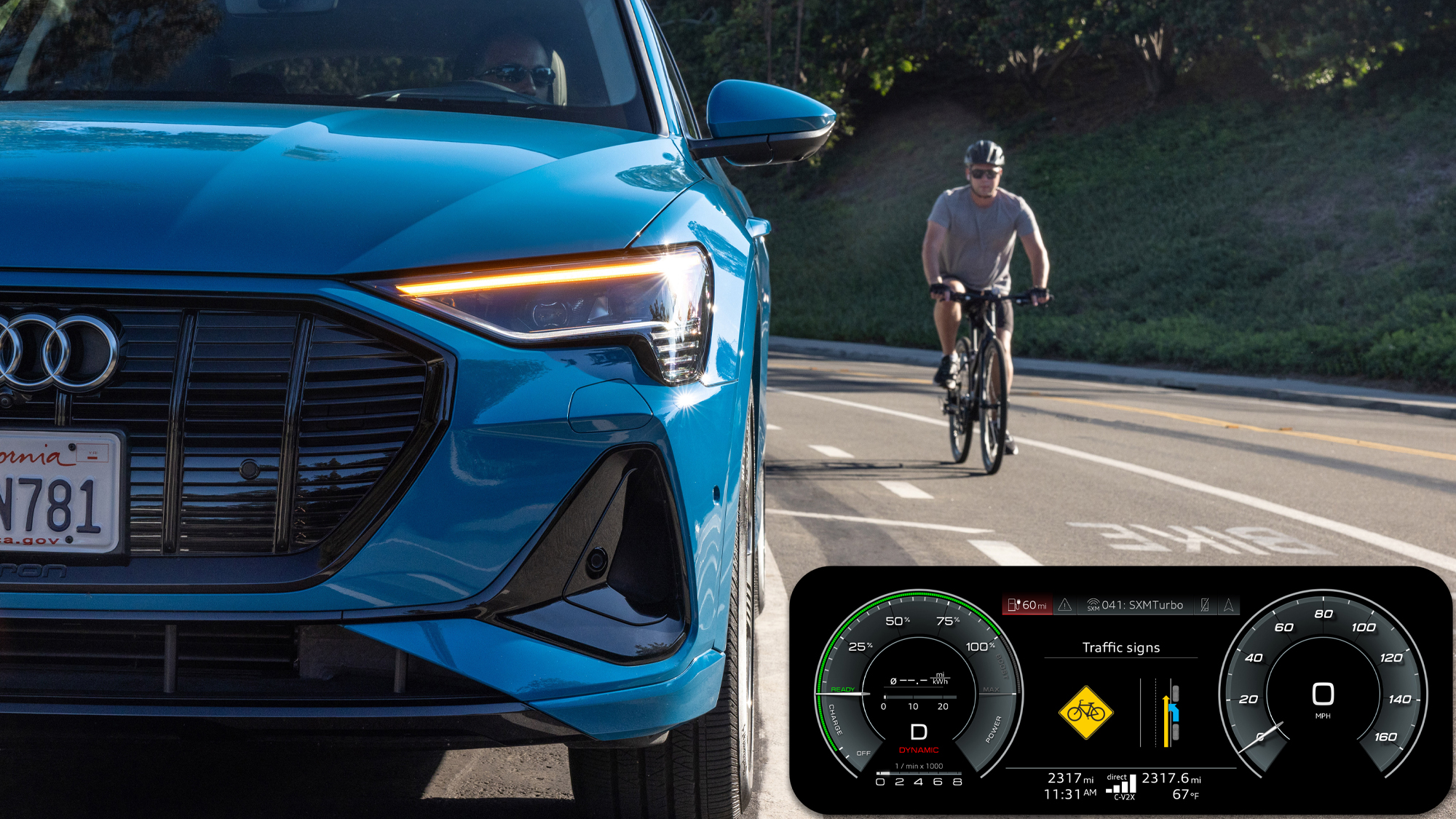
More Information
My experience of C-V2X came through the collaboration of Spoke, Audi, and BMC. Both Spoke and Audi have more information available now and you can expect to see us discuss new BMC products as soon as they are available. You can also find information through Qualcomm which is working to build the chips that will power C-V2X and the 5G Automotive Association which represents many of the companies working to bring the technology to market.
Josh hails from the Pacific Northwest of the United States but would prefer riding through the desert than the rain. He will happily talk for hours about the minutiae of cycling tech but also has an understanding that most people just want things to work. He is a road cyclist at heart and doesn't care much if those roads are paved, dirt, or digital. Although he rarely races, if you ask him to ride from sunrise to sunset the answer will be yes.
Height: 5'9"
Weight: 140 lb.
Rides: Salsa Warbird, Cannondale CAAD9, Enve Melee, Look 795 Blade RS, Priority Continuum Onyx

